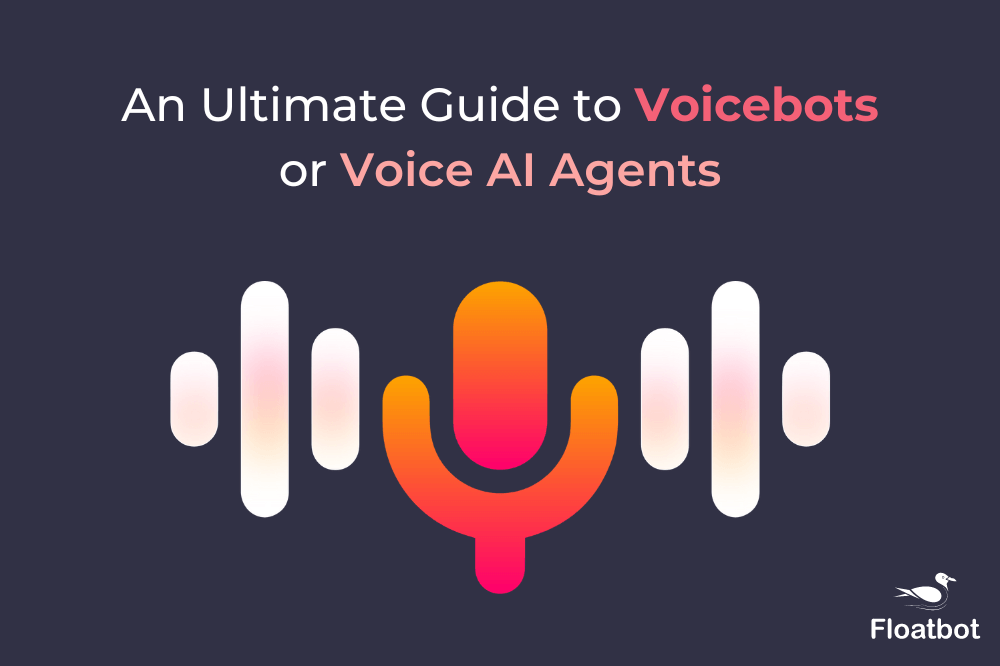10 Must-Know Terminologies related to Chatbots and Voice Bots
Let's walk you through 10 globally accepted terminologies about AI-Powered Chatbot and Voicebot.
- Nov 17 2021

Customer experience is what differentiates brands today. Organizations have an imperative to deliver against customer expectations constantly. To do this, organizations need to implement advanced conversational AI platforms that understand, learn and react from every customer interaction.
Thanks to the innovations in conversational AI algorithms, bots have gotten mature now. They understand the intent, sentiments, and context of the conversation and can deliver a delightful customer experience.
Although bots are interesting to know about, you must have come across some technical terms that could have been confusing for you.
10 globally accepted terminologies about Chatbots and Voice Bots.
1) ASR
Automated Speech Recognition (ASR) technology identifies the words users speak into microphones or other input devices and converts them into text. Voice bots are built on top of ASR modules and enable users to interact using voice. Sometimes, ASR is also referred to as STT (Speech-to-Text)
2) TTS (Text- to-speech)
As the name suggests, Text-to-Speech (TTS) technology takes text as input and converts it into speech. Voice bots leverage TTS modules to enable users to hear voice instead of reading text.
3) Conversational AI
Conversational AI is a set of technologies that enable bots to imitate humans while having conversations with users. Chatbots, Voice Bots, and virtual assistants are built on top of this technology.
4) Voice Recognition
Voice recognition is the technology that helps you identify the speaker based on their unique voiceprint. The bots use this technology to confirm a user's identity.
5) Bot Response Time
Bot response time is the time that bots take while replying to the user. It varies from bot to bot. But a good bot, equipped with advanced technology, can respond like a human would, sometimes even faster.
6) Accuracy
Accuracy is the measurement of how well a bot understands the user intent and how accurately it answers. It depends upon various factors like technology, knowledge base, and training. A bot accuracy of 85-95% is often considered good.
7) NLP
Natural Language Processing (NLP) is an advanced AI algorithm that teaches the bot to speak like humans instead of machines. NLP gives the bot the ability to understand language in the same way humans do.
8) AMD
Answering Machine Detection (AMD) enables the bot to determine whether the user is a person or an answering machine. It helps when you're using bots to call your prospects or customers.
9) Multi-Lingual
A multi-lingual Bot can understand more than one language. While interacting with such bots, you can switch your language without losing context. Generally, organizations deploy multi-lingual bots in regions where more than one language is prevalent.
10) Language Switch
Language switch is the feature that enables users to switch the language in between the conversations. When the user changes the language, the bots recognize it and reply in the new language.
Was this article helpful to you? Let us know in the comment section if you have anything on your mind. Or if you want to talk to us about your conversational AI needs, we would be glad to talk to you.





